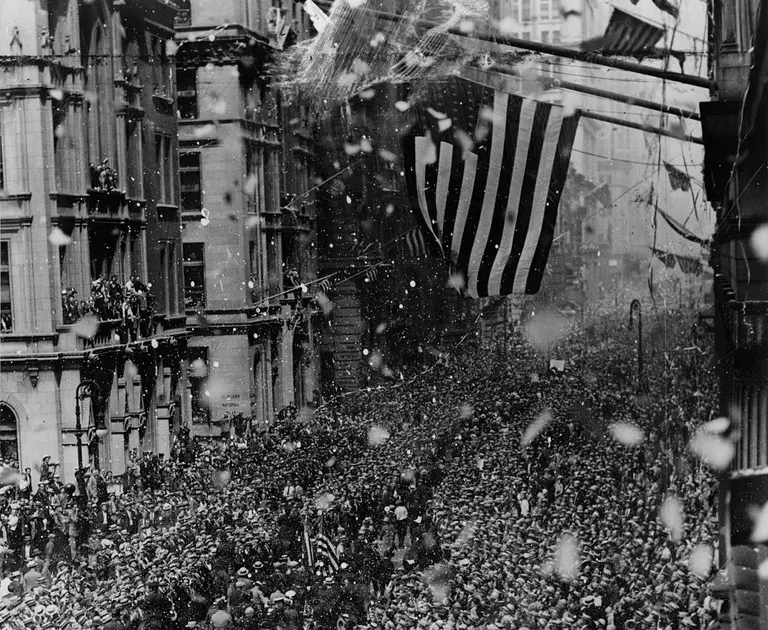
“Gertrude Ederle Parade,” 1926, via Wikimedia Commons
From the Statue of Liberty to the U.S. Women’s Soccer Team: A history of NYC’s ticker-tape parades
Learn More

“Gertrude Ederle Parade,” 1926, via Wikimedia Commons
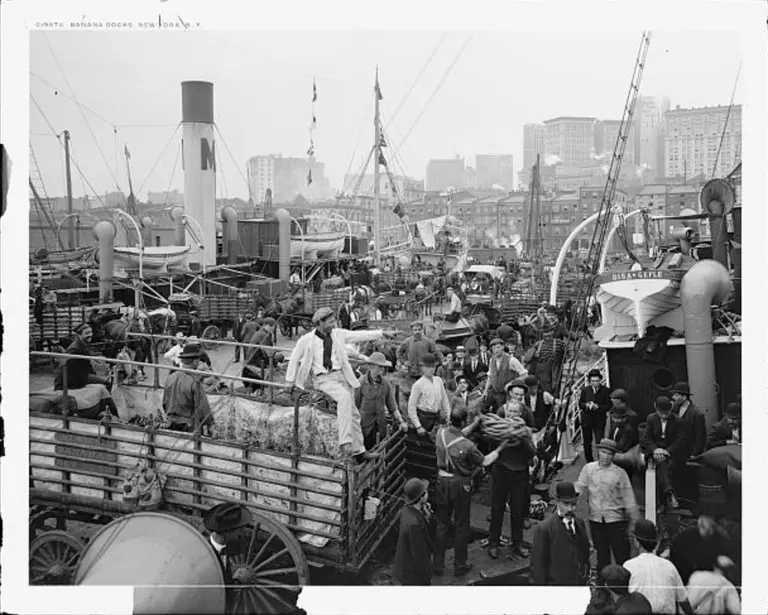
“Banana Docks, New York” c. 1906. Via The Library of Congress
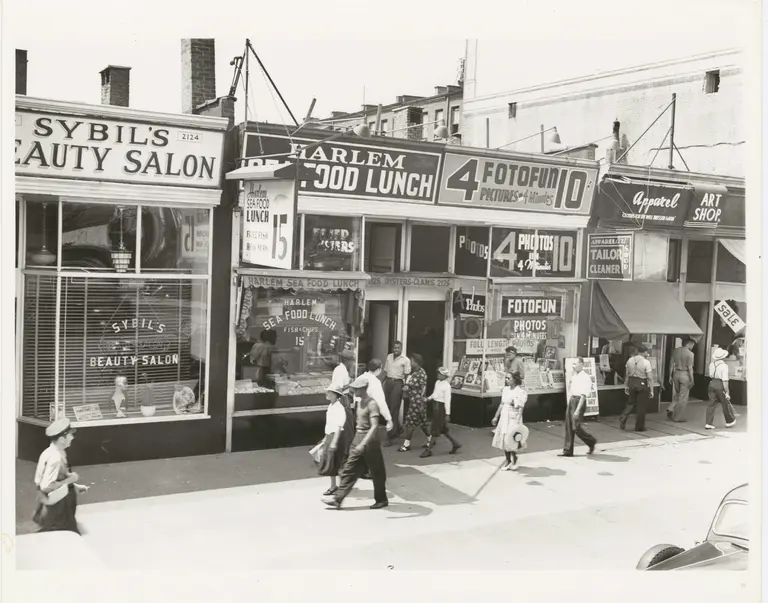
“Harlem Street Scene Showing Local Businesses,” 1939, Photographer: Sid Grossman, Street Scenes Collection, Photographs and Prints Division, Schomburg Center for Research in Black Culture courtesy of the Schomburg Center for Research in Black Culture
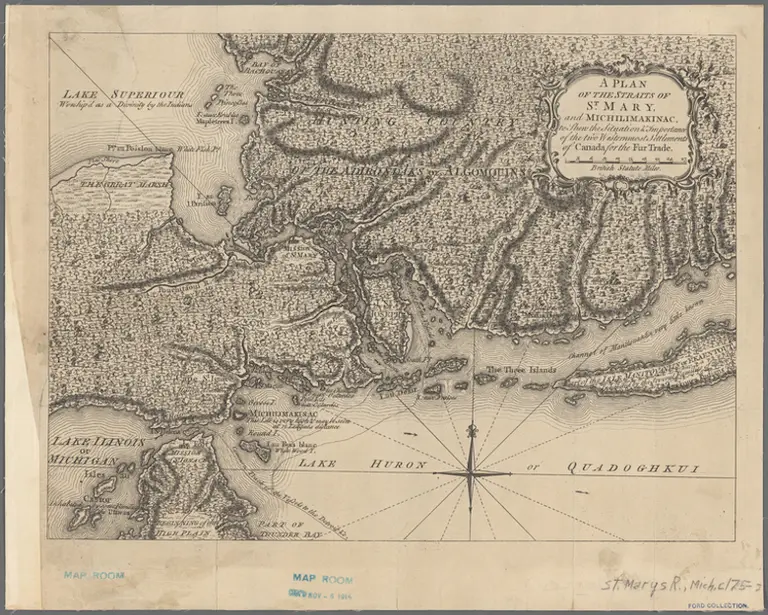
Map of the Western Canadian Fur Trade, ca. 1750-1759. The North American Fur Trade Began with French Merchants in Canada. Via NYPL Digital Collections
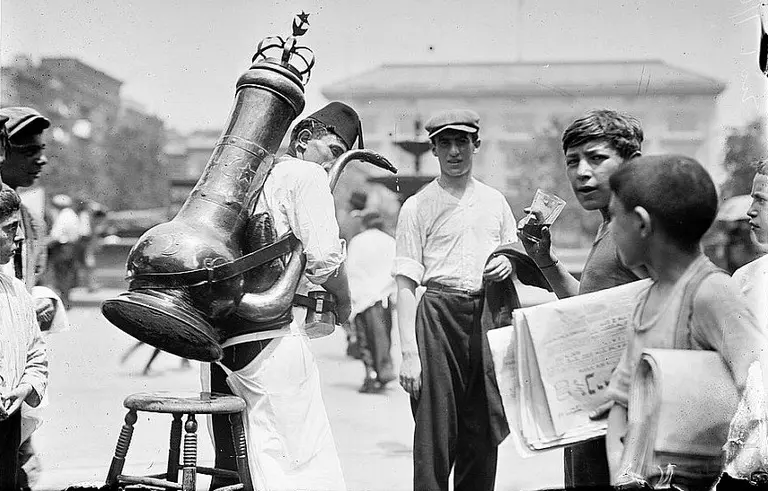
A man wearing a fez selling drinks in Little Syria in the early 1900s, via Wiki Commons
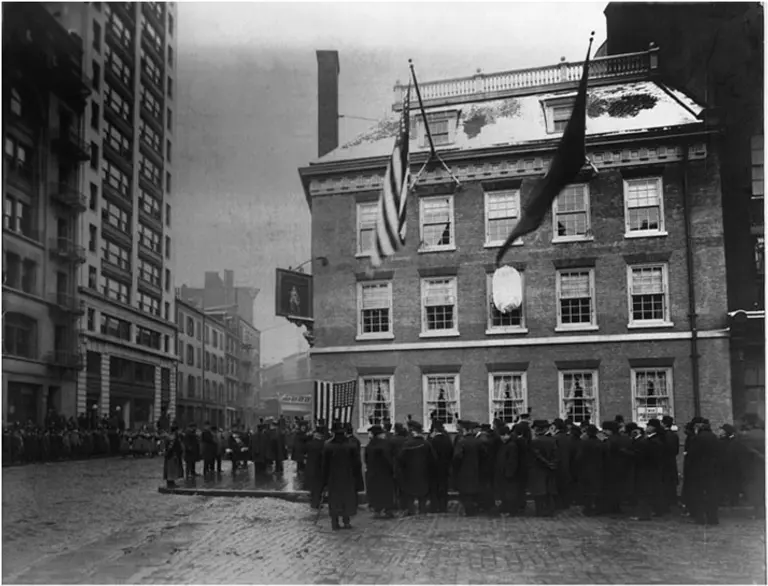
Sons of the Revolution in the State of New York outside 54 Pearl Street on opening day. Taken from Broad Street facing east. 1907. From the archives at Fraunces Tavern Museum. Courtesy of the Fraunces Tavern Museum
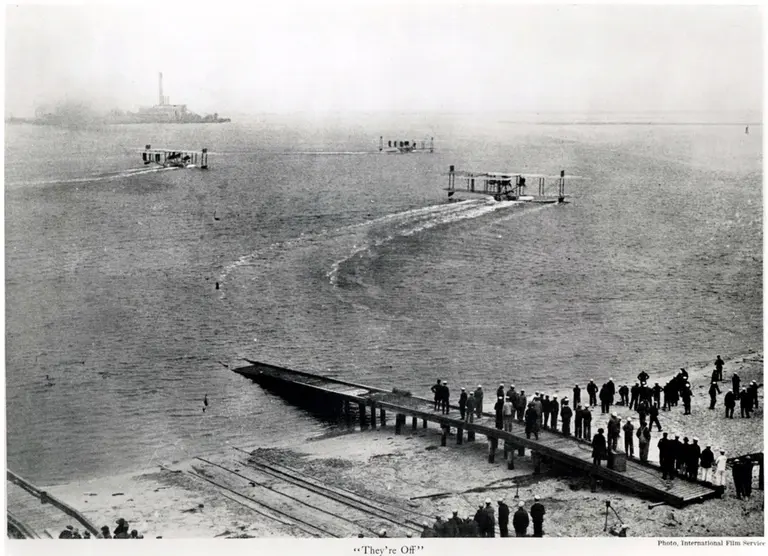
“They’re off!” The NC-1, NC-3 and NC- 4 begin their journey across the Atlantic May 8th, 1919. Via the Smithsonian National Air and Space Museum
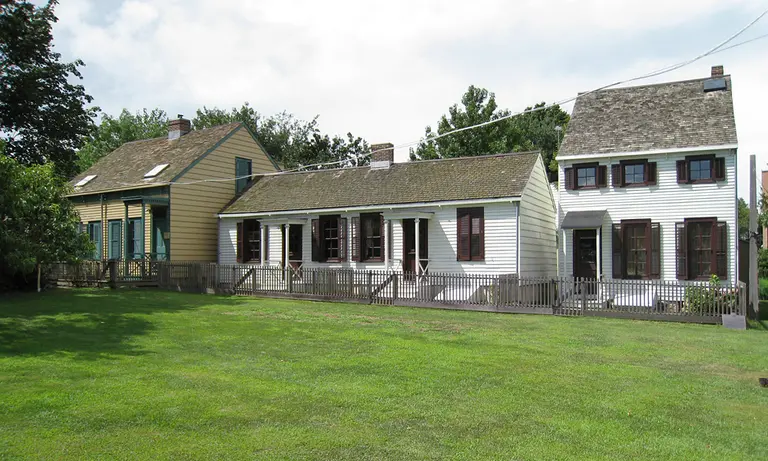
The Hunterfly Road Houses, part of the Center, via Wiki Commons
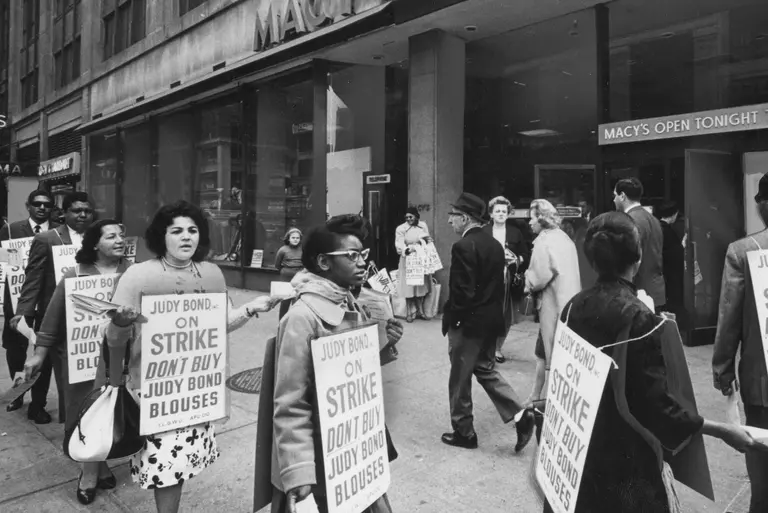
Picketing ILGWU members outside Macy’s department store urge shoppers not to buy Judy Bond blouses. Circa 1965. Courtesy Kheel Center for Labor-Management Documentation & Archives, Cornell University.
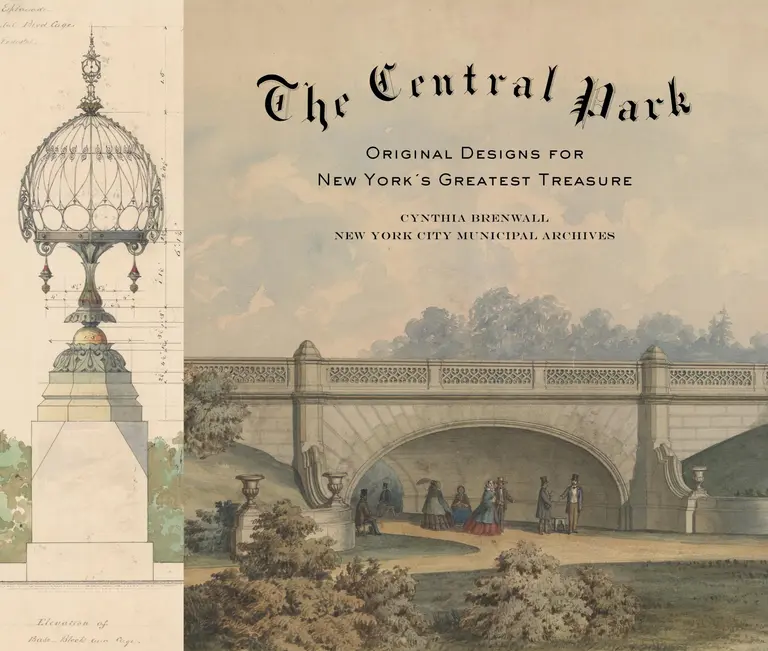
All of the images in this post are included in “The Central Park: Original Designs for New York’s Greatest Treasure,” and are courtesy of the NYC Municipal Archives.
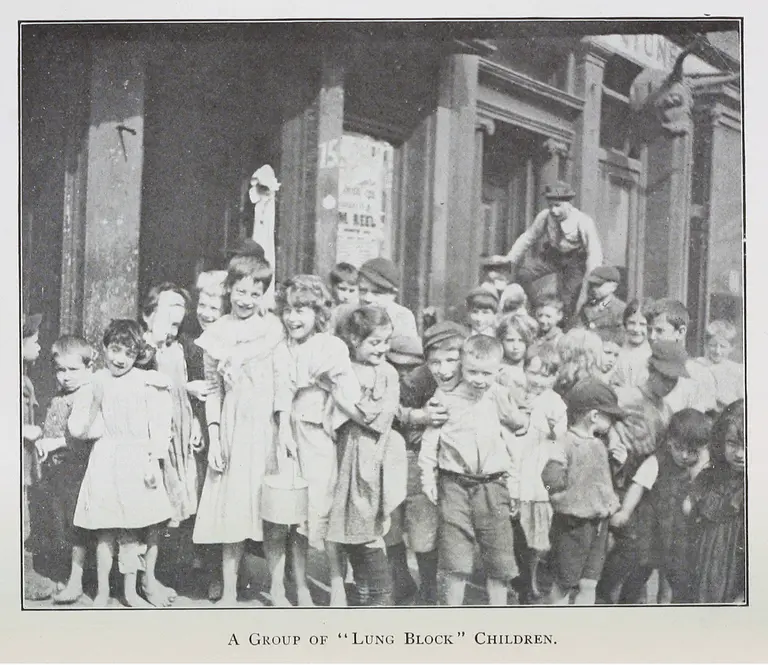
“A Group of ‘Lung Block’ Children,” from Ernest Poole, The Plague in Its Stronghold, Tuberculosis in the New York Tenement, 1903. Courtesy of the Department of Records
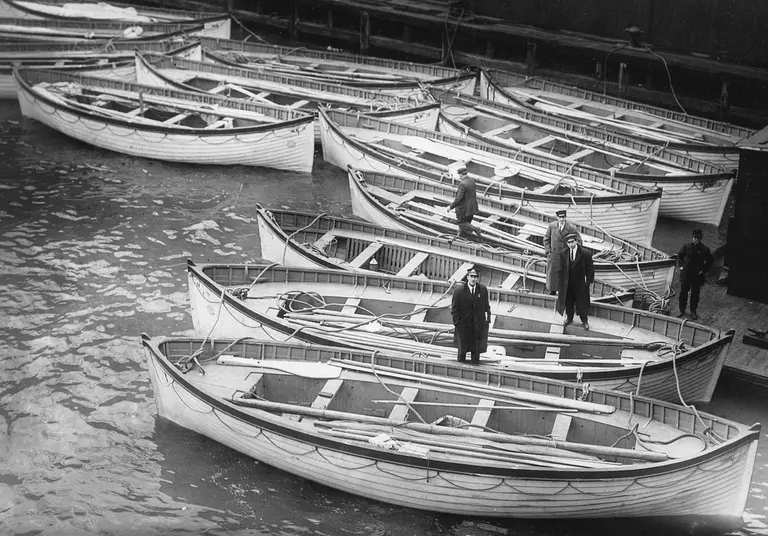
The Titanic’s lifeboats at the White Star Lines Pier 54 in NYC after sinking, via Wiki Commons
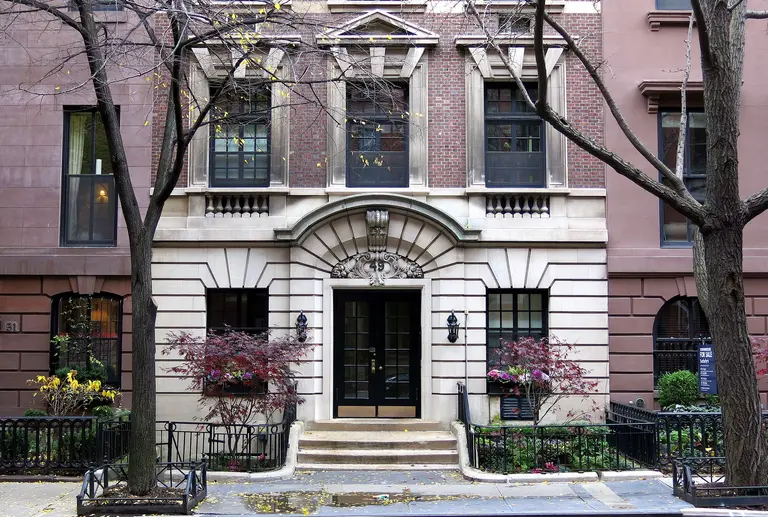
Via Flickr cc
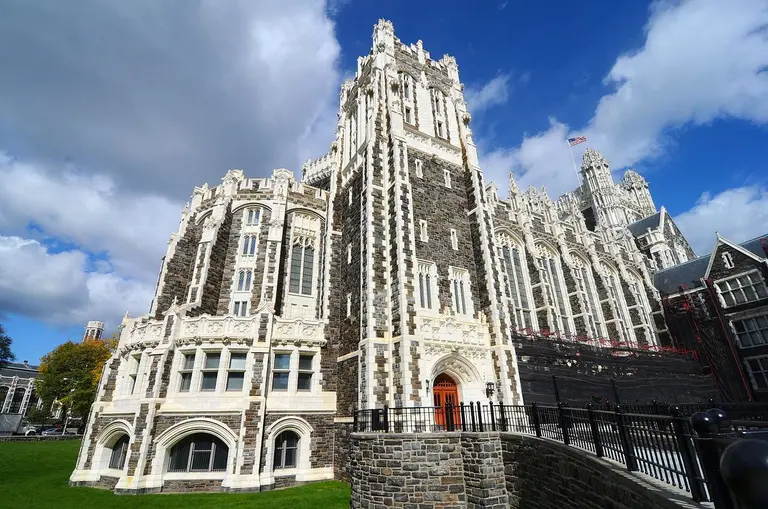
Shepard Hall at the City College of New York via Wikimedia
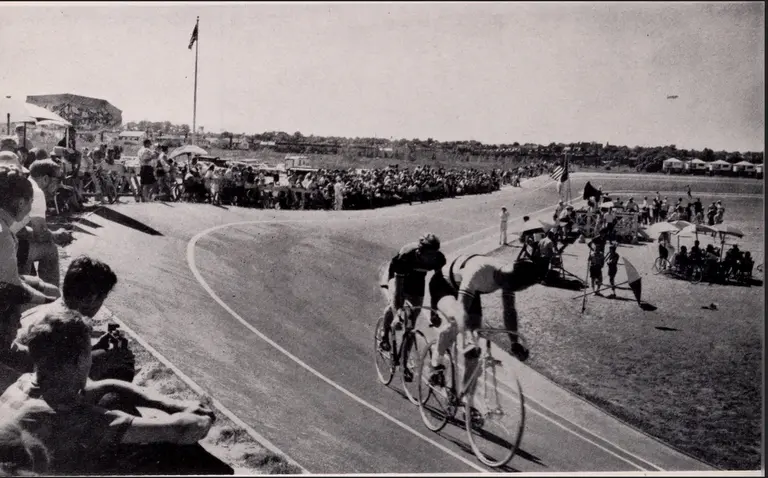
1964 US Olympic Trials at Kissena Velodrome. From page 47 of “30 years of progress, 1934-1964 : Department of Parks : 300th anniversary of the City of New York : New York World’s Fair.” (1964). Via Internet Archive Book Images on Flickr
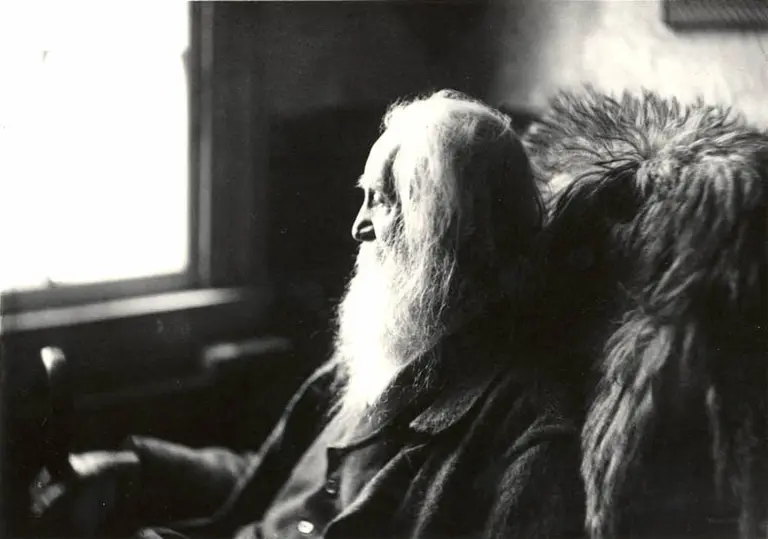
Walt Whitman (1881) courtesy of Hirshhorn Museum and Sculpture Garden, Smithsonian Institution
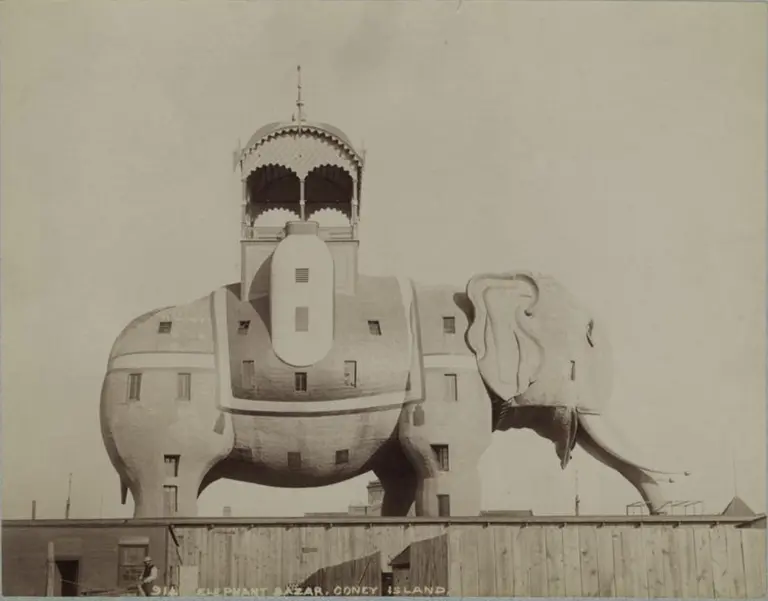
“Elephant Bazar Coney Island,” NYPL Wallach Division Picture Collection via NYPL Digital Collections
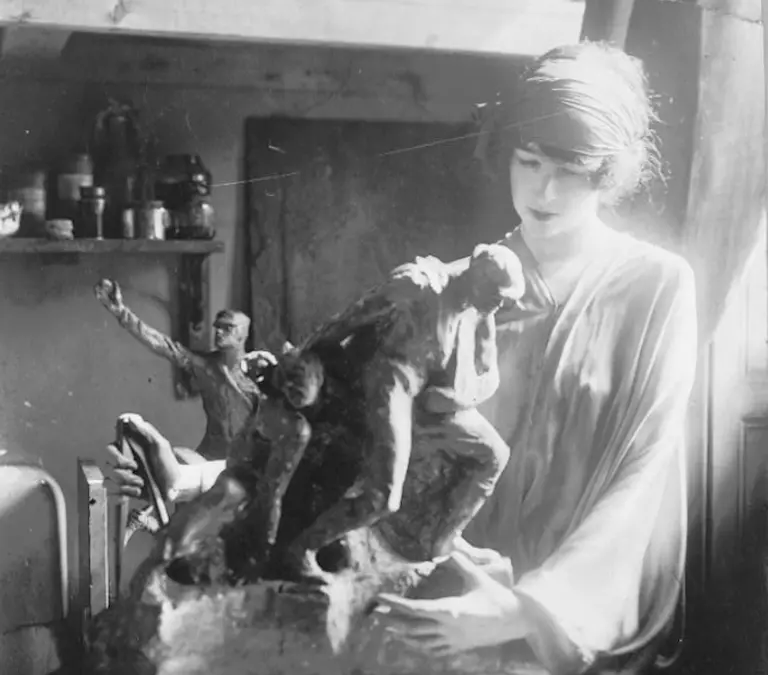
“Gertrude Vanderbilt Whitney, half-length portrait, standing with statue of soldiers,” 1920, via, The Library of Congress
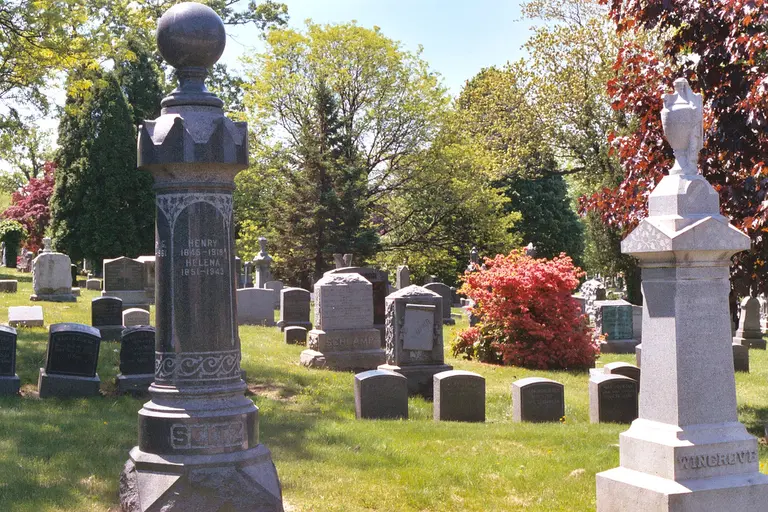
Via Doc Searls on Flickr
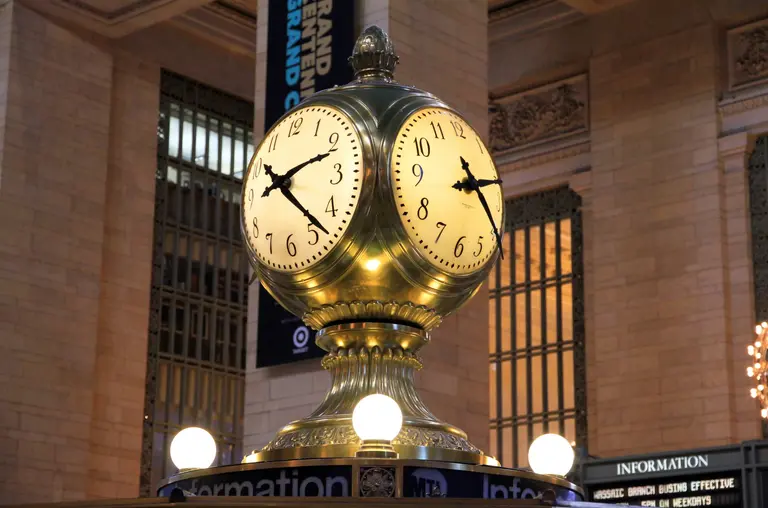
Grand Central’s Main Concourse Clock, via Wikimedia Commons
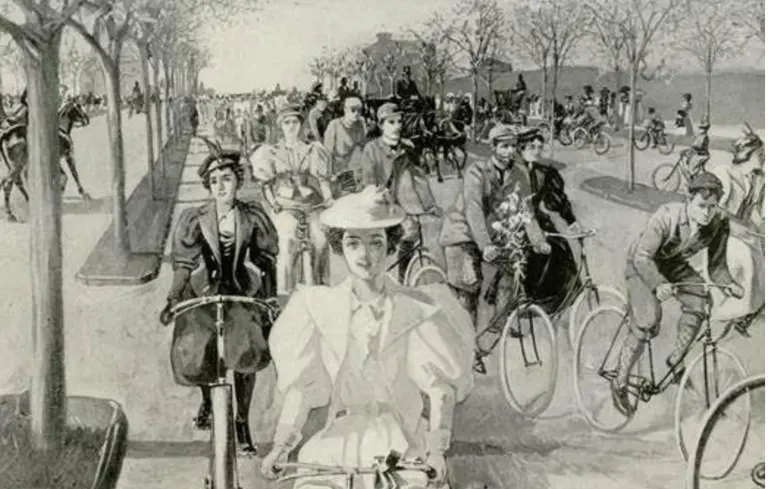
New York Awheel―On the Riverside Drive, Near the Great Monument, Munsey’s Magazine, May 1896, Illustrator: J.M. Gleeson, Private collection courtesy of the Museum of the City of New York
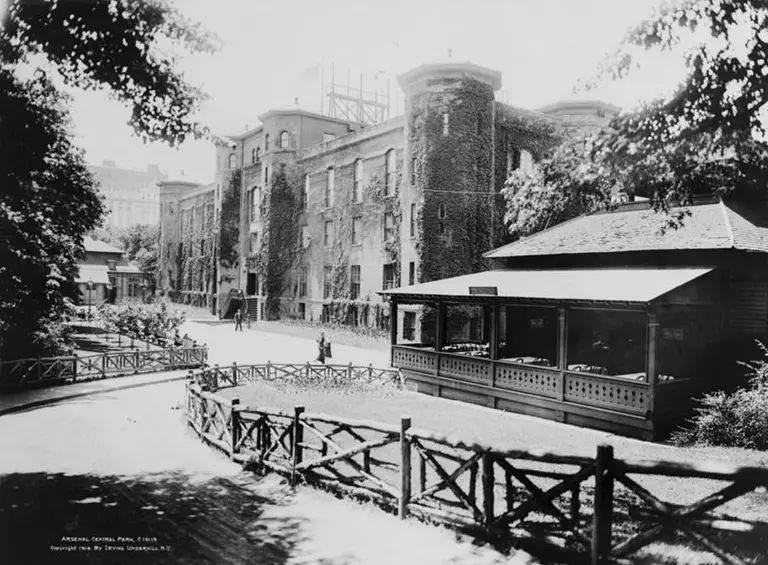
The Arsenal c. 1914, via Library of Congress